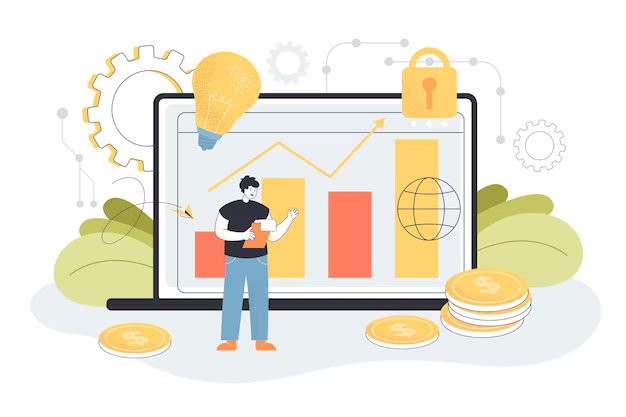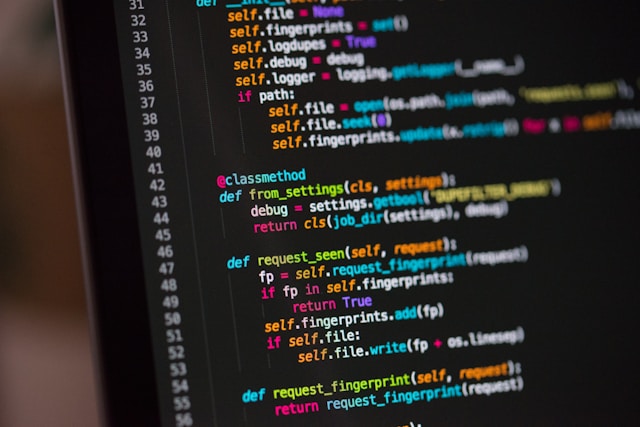Have you ever wondered why 85% of firms aren’t investing in custom mobile apps? There are big fintech market opportunities to be gained. It is astonishing how many firms are still not generating leads despite abundant opportunities. This is where spending money on app development becomes relevant, especially for financial companies.
There is a growing trend of investing using apps as people become more aware of the stock market. This presents incredible commercial potential, particularly for financial software providers. Businesses can capitalize on this trend and significantly increase lead production by giving users access to current information.
This blog will explore how businesses are using this strategy to thrive in today’s digital world. So, let’s get started!
Best Practices for Developing an Investment App
Ideation
We begin by having a meeting with the representatives of the customer. We gather as much info as we can about the client, their business goals, and the app’s desired features and design elements during the session.
Research
We have a complete understanding of all project needs and the entire terrain. Our experts research the market, examine the industry and the niche, and identify the prevailing patterns. They research rival alternatives and balance the advantages and disadvantages, emphasizing the latter. They then find which target markets are underserved by current offerings. They develop a user profile with details on their expectations, pain points, habits, cultural traits, and demographics.
Envisaging the monetization strategy
The correct monetization plan is essential if you want the app to be a consistent source of income. Fintech products, like investment apps, use one of three strategies: transaction fees, in-app partnerships and ads, or subscriptions. Our experts will determine which course of action is best for your specific situation or recommend a well-rounded mix of multiple approaches.
Taking care of compliance
Software used in the financial business is subject to strict restrictions, which must be followed. We will ensure the new investment app’s security. It must prevent data leaks and reduce breach risks. Additionally, we ensure the app complies with all applicable industry-relevant laws, including FINRA, GDPR, SEC, PCI DSS, and others.
Choosing a tech stack
Now that the technological specifications are clear, we can choose the app’s technology list. Even for the best approach, you can hire the best mobile app development company in the USA. The SDLC frameworks, tools, and programming languages are chosen based on the intended operating system (Android, iOS app development, or cross-platform). In addition, we list the cutting-edge expertise (AI, ML, Big Data, etc.) and third-party connectors needed for the project’s execution.
Determining the Team Roster
The project’s tech stack is dependent on the circumstances and the specialists selected to use it. A PM, multiple front-end and back-end developers, a UI/UX designer, and a QA specialist make up the team developing an investment app. If more workers are needed due to the project’s size or the urgency with which it must be finished, this group can be increased.
Creating a prototype and MVP
This is the initial actionable phase that results in concrete deliverables. The development team starts by creating a clickable prototype that reflects the logic, structure, and design of the final product. If it’s technically sound, it is improved and scaled up to a minimally viable product. This is then offered for trial use to the pilot audience.
Performing UX/UI design
The client side of the solution is created using the feedback from the pilot audience, which provides practical insights. To put it into practice, designers create user and app flows. They plan customer journeys and work on the layout, color scheme, and other visual elements.
Coding
The stage that requires the greatest time and effort is this one. Developers created the product’s server side. They ensure it matches the front-end elements. Also, they set up an API for third-party integrations. Test engineers test the developed features and how they interact with other components after finishing each stage of this task.
Testing and deployment
Now, the QA team takes over. They will test the app. Their process is thorough. It includes compatibility, accessibility, usability, performance, stress, functional, and penetration tests, among others. Once the product is confirmed to be bug-free and secure, it is deployed and made operational.
Maintenance and support
We continue to monitor the delivered solution even after deployment. Our experts stay in touch with the customer. This ensures smooth performance and provides guidance on the app’s functions. If any post-launch updates or changes are needed, we are always available to provide support and assistance.
Conclusion
We continue to monitor the delivered solution even after deployment. At tecHangouts, our experts stay in touch with the customer. This ensures smooth performance and provides guidance on the app’s features. We are always available to provide support and assistance if any post-launch updates or changes are needed.
To maximize an investing app, you need three things. First, a solid monetization strategy. Second, a relevant feature set. Third, an experienced IT team that follows a clear development process.


